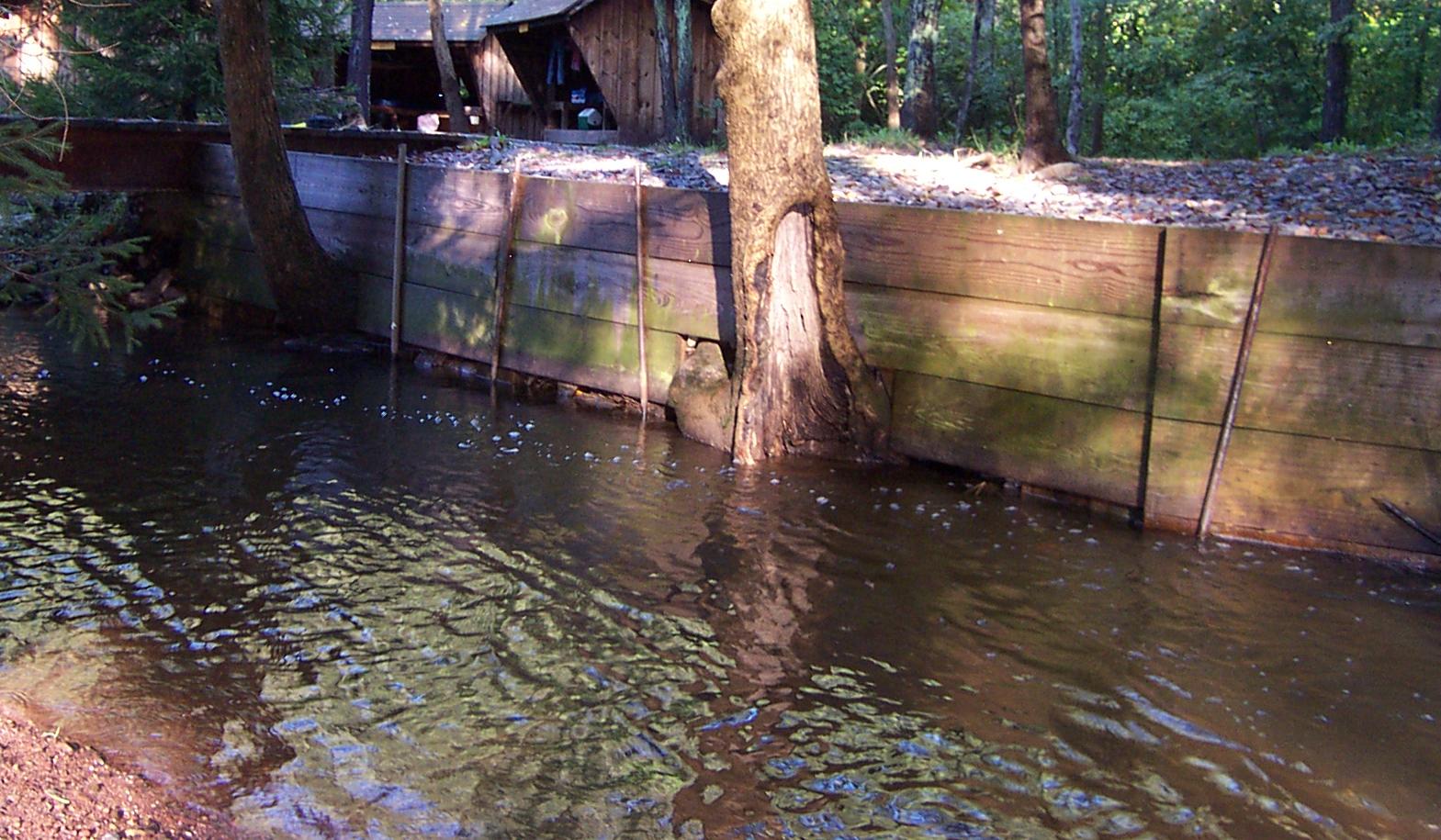|
|
|
OUTDOOR CLASSROOM
One of the reasons why Hawk Mountain Camp is so special is the scenery. Many who have visited the camp will agree that the camp has much to offer in such a small area. The 18-acres contain five unique habitats for any group to explore during their stay. All of the habitats provide for instruction in a variety of merit badges and for rank advancement. Eventually, the Gus Irlenborn Nature Trail will highlight all five habitats and give insightful information about different areas of the camp. This hopefully will stimulate outdoor and environmental awareness in anyone who visits the camp.
For more information about some merit badges that can be completed
at Hawk Mountain Camp, Click here for a listing of
the merit badges. Follow the links to each badge for help in completing the
badges. 
Explore the fields:
At first glance, the field might look “boring,” but the fields
host a variety of insect life, birds, as well as grasses and wildflowers. Small
mammals, toads, and salamanders can also be seen occasionally. If you’re lucky,
you just might spot an American Kestrel hunting for mice in the fields. Just
sit for a few moments in any of the fields and you’ll be surprised by how much
you see!

Wolf Spider
Dive into the ponds:
Each of our ponds is always brimming with a host of critters to
explore. Fish, frogs, snakes, turtles, as well as insects and newts are examples
of animal life that you can find playing in our ponds. Each pond is fed from the Indian Run (see below) and, the water-quality in both
ponds have been monitored during the past year. Both ponds are slightly acidic
with the pH ranging from 5.5 to 6.5. (Pure water has a pH of 7) The dissolved
oxygen fluctuates with the seasons and have been measured to be normal to below
normal.
|
|
|
A Red-Spotted Newt
|
A
Sunfish basking in shallow water
|
Wade into the creek:
Flowing through the camp is the Indian Run Creek. This
second-order stream starts about four miles away from camp and drains
approximately 25 square miles before it enters the camp. Its average discharge
per year is about 20 cubic feet per second, for comparison; the Schuylkill
River at Norristown has an average discharge of about 1,000 cubic feet per
second per year. During floods, the estimated discharge is up around 200 cubic
feet per second! The stream empties into the Little Schuylkill River about
three miles downstream. The water quality of the stream is very good, the
dissolved oxygen is high and the pH is around 7. The temperature is always
cold, and trout can be caught in slow pools. Other fish like chubs, suckers,
and bass can be caught in other areas. Crayfish, mayfly larvae, and other
insect larvae can also be found underneath rocks.

A shot of the
Indian Run with the retaining wall near Hank’s Hall.
Walk through the forests:
More than half of the acreage of the camp is forested and much can be found there! Over fifty trees have been identified in the camp and there are many other smaller understory plants. Click here for a scientific listing of the trees and understory plants found at camp. Numerous animals can be found crawling, flying, walking, or slithering around in the forest. One tree that can be found that is special is the American Chestnut (Castanea dentata). Two non-blighted Chestnuts stand in our camp and produce fruit that can be harvested. Also, two state-threatened American Holly (Ilex opaca) trees can be found along the driveway leading into camp.
Update: The Balsam Poplar that existed in Fox site was knocked over after heavy winds. The tree fell, without incident, right next to Hank Jones cabin.

A shot of a Chestnut tree leaf

A shot of the leaves of a state threatened American Holly
Slop around in the swamp:
The still unfinished “Swamp Dock” winds through the swamp on the
east end of the fishing pond. Frogs, turtles, and insects all make their homes
in the moist areas throughout the swamp. You can find Hazel Alders, Red-Osier
Dogwoods, and Red Maples growing in abundance. Some other moist areas in the
camp can be found through exploring some of the more secluded areas.